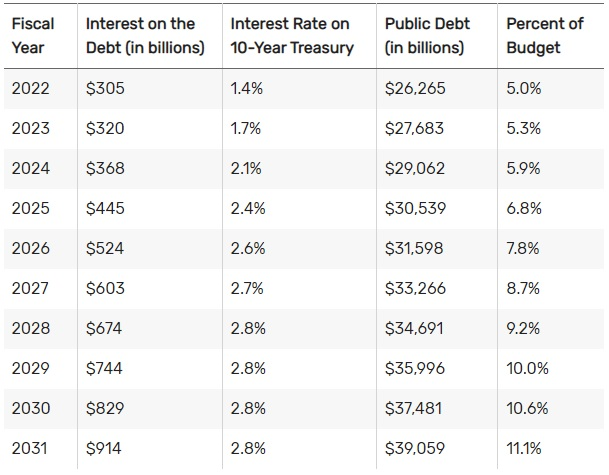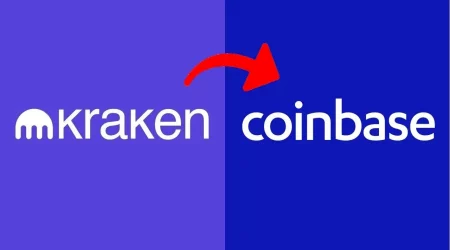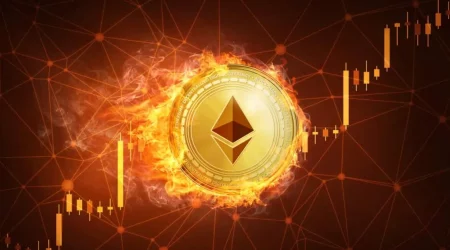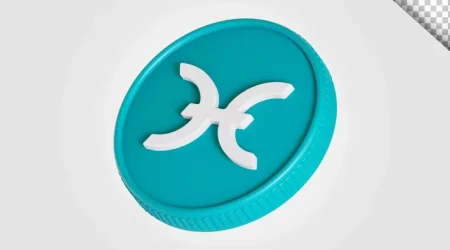What Is Fiat Money?
Table of Contents
1) The Main Thing
- Fiat money is fiduciary, based on trust, state currencies, not backed by any asset or physical commodity, having no intrinsic value.
- The fundamental basis of fiat money is the trust of users and holders of the currency in its issuer, the state. The value of fiat money is determined by the effectiveness of management and the development of the country’s economy.
- Fiat money has replaced gold-backed currencies. The so-called gold standard assumed that an individual sovereign state’s banknotes and other financial obligations were backed by a standardized amount of the precious metal.
- The processes associated with the issue, the regulation of the amount of money in the open market and the economy, are controlled by the state, depending on the financial situation in a particular country.
2) History of fiat money
The first attempt to introduce fiat into circulation was recorded in the third century. The Roman emperor Diocletian legislated the coin rate to be higher than the nominal price of the silver that was part of it.
However, the first fiat money close to modern is considered a currency introduced during the reign of the Chinese Tang Dynasty in the eighth century. The issue of such money was aimed at combating inflation and the personal issue of coins, as well as strengthening state control in the field of finance.
The modern financial system and fiat money came about due to the de-pegging of the US dollar from gold in 1971. The United States refused to exchange the precious metal at a fixed rate and launched the process of “printing” unsecured currencies around the world.
The reason for rejecting the gold standard in the United States is the long-term trade deficit and the discrepancy between the dollar exchange rate and its real purchasing power.
The gold standard as a generally accepted option for providing state currencies ceased to exist in 1973 at the Jamaica International Conference. From now on, all rates on the international market are set depending on supply and demand.
3) Benefits of fiat money
The abolition of the gold standard gave the state access to an unlimited money supply. To do this, it is no longer necessary to replenish the treasury reserves with gold or other hard goods – currency printing can be timed to coincide with any events, plans, and goals.
All this allows the state to deliver investments in the form of cheap loans to any groups of consumers, contributing to the development of production and an increase in demand, thereby increasing the efficiency of the entire economy.
The quantitative easing (QE) program has become the primary tool to support the economy. QE involves injecting additional liquidity into the markets by purchasing assets from banks and other financial institutions by the state.
QE aims to increase money reserves in the economy to ease monetary policy: lower the refinancing rate for banks, simplify consumer access to cheaper loans, reduce systemic risks, and improve the investment climate.
4) Disadvantages of fiat money
Flexibility and freedom in conducting monetary policy can be both a boon for the economy and several problems. Consider the key risks.
Lack of intrinsic value
The loss of trust, as the fundamental basis of fiat money, can lead to the loss of value of all investments and savings, up to a complete stop of the economy as a whole.
Political risk
The effectiveness of public administration determines the value of a particular fiat currency. Stability in the past does not guarantee its preservation in the future due to political risks within the country and abroad.
An example is the 1998 Russian Federation crisis and the Russian ruble’s volatility after the start of the war with Ukraine.
Debt Spiral
Government access to a virtually endless supply of currency entails the risk of creating a considerable amount of unsecured debt. The USA is an example. The country has one of the most developed economies in the world, and, at the same time, the most significant debt in the first quarter of 2022 exceeded $30 trillion, or 133% of the country’s GDP.
According to the US Department of the Treasury, the annual interest on the debt accumulated by June 30, 2022, amounted to 5% of the country’s budget for the same period. At the same time, the US budget deficit for 2022 amounted to $ 1 trillion – the issuance and sale of bonds compensate for this difference.
According to the US Congressional Budget Office forecast, in 2031, only the interest on the principal debt will amount to $914 billion. The US government does not have enough money to pay these obligations – it is forced to create new debts to pay off the old ones.

Financial bubbles
A prime example of the inefficiency of an economy based on fiat money is the 2006 mortgage bubble in the US, which led to the financial crisis of 2007-2008.
Banks improved the flow of capital by creating an artificial demand for housing. They issued loans and resold these obligations to other banks as derivatives. As borrowers stopped paying interest and real estate prices stopped rising, the entire market collapsed like a domino.
5) Cryptocurrencies – an alternative to fiat money
Currencies backed by gold or other commodities are not the only alternative to fiat money. As a young participant in the global financial system, the cryptocurrency industry can contribute to the emergence of more efficient economic models.
No restrictions
Cryptocurrencies are based on distributed ledger technologies, including blockchain and the concept of an acyclic graph. In the presence of the Internet, access to public cryptocurrency networks can be obtained by anyone without restrictions, including jurisdiction, age, time zone, gender, financial status, and political affiliation.
Decentralization
Cryptocurrencies are developed based on the principles of decentralization – no one should have the prevailing right to vote, and all decisions to make changes to the system are made based on public consensus.
Emission mechanism
Cryptocurrency emission mechanisms are laid down before the network launch or token. Each participant knows how many and under what conditions intra-network settlement units (tokens, coins) will be created or destroyed.
No intermediaries
Intermediary companies are not needed to send cryptocurrency to a user in the next room or on the other side of the Earth; it is enough to know the recipient’s address and pay a small commission for the transaction.
To exchange one cryptocurrency for another, some unique decentralized exchanges and exchangers operate autonomously from any part of the world – DEX.











Leave a Reply